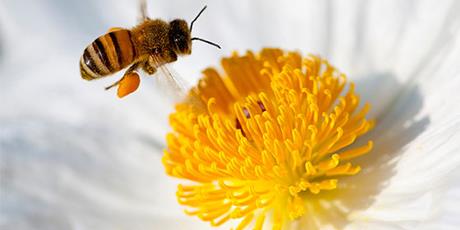An article of interest to gardeners and allotment holders published on the BBC News website, highlights new research being carried out into why more than 40% of invertebrate pollinator species, particularly bees and butterflies, are facing extinction.
In the past 50 years, the volume of agricultural production dependent on pollination has risen by 300%, yet at the same time bee populations have plunged.
In the UK, for instance, the number of honey bees fell by 54% between 1985 and 2005.
What scientists have lacked is a comprehensive set of data to analyse the rates of bee declines in different regions of the world and the differing reasons for this.
In the UK, an invasive species that is now threatening honey bees is the Asian hornet. When the much larger hornet enters a hive, worker bees will surround it and effectively cook it – and themselves – to death by raising their own body temperatures.
Live monitoring would again allow earlier action to be taken in removing such predators.
In Manchester, Cisco and the city’s Mi-Idea innovation centre have partnered with Australia’s data innovation group, Data61, to track bees’ movements by using IoT technology.
The team wants to understand phenomena such as colony collapse disorder, which sees the worker bees disappearing and leaving the queen isolated.
The project fits RFID [radio-frequency identification] chips safely onto individual bees so researchers can record their movements.
Once the AI has been taught what to look for on UK bee hives, the World Bee Project plans to roll out these smart hives globally.
Source: BBC News



One thought on “Bees are in trouble, but we’re not quite sure why.”